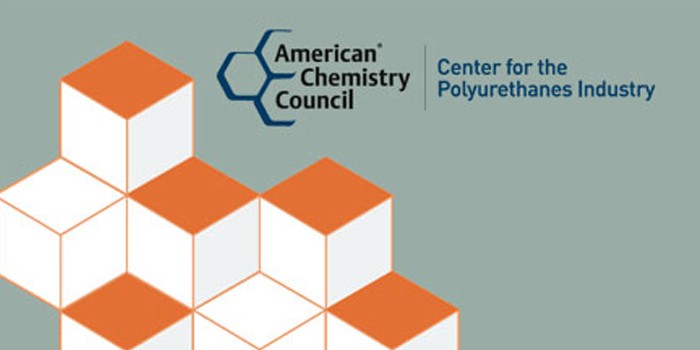New Study Finds Discrepancies in How Leading Tools Evaluate Chemicals in Products

WASHINGTON, D.C. – May 19, 2016 – A comparative analysis of leading chemical assessment tools, published in the Integrated Environmental Assessment and Management journal, finds that when evaluating the same chemical, individual tools come to different conclusions regarding the hazard categorization of each chemical (see Table 1).
Such discrepancies may call into question the extent to which such tools can provide stakeholders, including consumers, retailers and product manufacturers, with definitive and actionable information about chemical substances in consumer products without further analysis and contextual information.
Retailers and product manufacturers are increasingly using a variety of tools, lists and other approaches to determine whether specific chemical ingredients in consumer products may be a concern, or to certify what some call “greener” chemical ingredients. The study authors conclude that there is a need for enhanced transparency and understanding of what each tool was designed to measure, as well as the appropriate conditions for each tool’s use, and suggest possible enhancements to the tools to increase their utility.
The various approaches analyzed in the study focus on a chemical’s innate “hazard,” meaning they consider whether the inherent properties of a chemical substance could cause harm to humans or the environment under any circumstance. Hazard-based screening does not consider how a chemical is actually used in a product, how much of the chemical substance exists in those uses, and whether and to what degree there is human or environmental exposure to the chemical substance through such uses. These properties of use, dose, and exposure are a key component of regulatory chemical safety assessments conducted by government agencies around the world.
The study reviewed select chemicals using the following hazard-based screening tools, to evaluate each one’s process and criteria for assessing a chemical’s hazard profile and determine if consistent outputs resulted from all tools:
- GreenScreen Full Assessment
- U.S. EPA Design for the Environment/Safer Choice
- GreenSuite
- SciVera Lens
- GreenWERCs (run in four modes: GreenWERCS GreenScreen List Translator, GreenWERCs Green Screen Scoring Model, GreenWERCs Walmart Scoring Model, and a user-defined GreenWERCS ChemRisk Model)
The seven chemicals evaluated included two natural compounds (caffeine and citric acid), a degradation metabolite (glycolic acid), and four synthetic chemicals: ethylene glycol, dibutyl phthalate, benziothiazolinone (BIT), which is also an antimicrobial, and 1,2,4,6,9,10-hexabromocyclododecane (HBDC), which is also a chemical designated as persistent and bioaccumulative by the European Union.
“As marketplace demand for ‘greener’ products increases, many retailers and brand owners are seeking ways to determine the safety of certain chemicals used in consumer products,” said Julie Panko, CIH, principal health scientist with Cardno ChemRisk and co-author of the study. “This project explored one factor in this emerging trend of product safety evaluation – whether leading hazard assessment tools would provide similar results, or, if there were different results, why these differences occurred. The results affirm what ACC and regulators have known for decades: to judge a product’s safety, a chemical hazard analysis needs to be put into the context of how the product is used, and by whom.”
RELATED Game-Changing Polyurethane Technologies Sought for Coveted Innovation Award, "Tiny House" That's Big on Energy Efficiency Arrives at Carnegie Science Center
The results show a wide variety of hazard categorizations for the same chemical—ranging from little or no hazard/toxicity to very high hazard/toxicity. For example, caffeine was ranked by two of the tools as a “low” hazard, as a “moderate hazard by one tool, as a “high” hazard by three tools, and as a “very high” hazard by two of the tools.
The authors indicated that the different results for the same chemicals were due to variations in: 1) the endpoints each tool considered for evaluation; 2) how each tool weighed the relevance of specific endpoints; 3) the sources of information the tools developer used to gather information; and 4) how each tool treated gaps in available data. Thus, the study found that the outcome of a hazard tool assessment is highly dependent on the tool selected for the screening.
“A list-based or hazard-only approach does not fully address whether a chemical ingredient presents health or safety issues when it is used. The inherent hazard of a chemical ingredient is only one aspect to consider when making informed decisions,” said Pamela Spencer, Ph.D., scientific director at The Dow Chemical Company and co-author of the study. “Only by considering how a product is used in combination with the ingredient hazards can one determine product safety.”
The American Chemistry Council is in the process of conducting a follow-up demonstration study that evaluates chemical ingredients in the context of the whole products and its intended use. A paper presenting the results of this subsequent analysis is under development.

Disqus website name not provided.










































